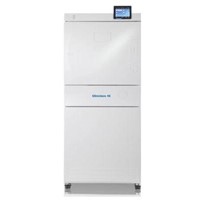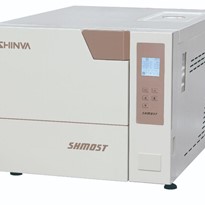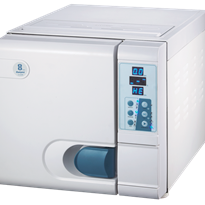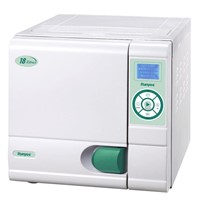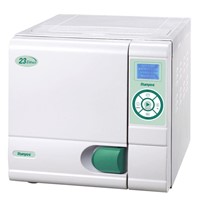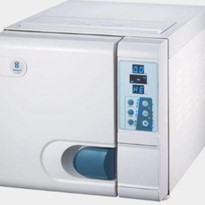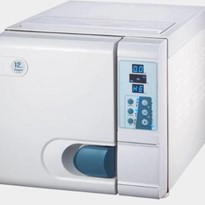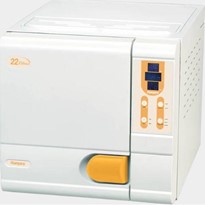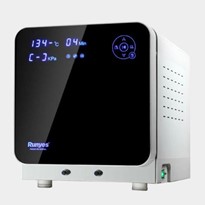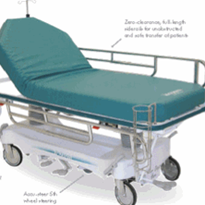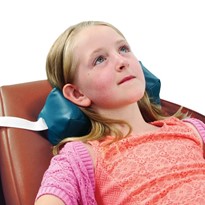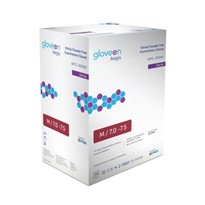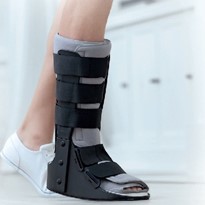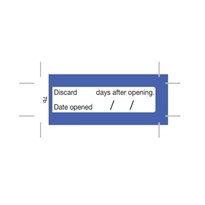Before we explain how long items remain sterile after autoclaving, it is important to understand the sterilisation process that occurs within the autoclave.
Autoclaves conduct sterilisation by heating up instruments above boiling point.
The primary agent in this process is steam, which is known to be a great agent for killing varieties of microorganisms such as bacteria and spores.
Moreover, moist heat is known to be more effective than dry heat when it comes to actually transfer heat.
This is why autoclaves are very important especially in the medical industry which deals with a lot of substances and foreign agents.
The sterilisation process of autoclaving begins by removing all air within the chamber to create a low-pressure environment.
Another reason for removing all air within the chamber is so that it does not dilute the steam that enters the chamber at the beginning of the process.
Once all the air is removed, steam will then be generated to destroy any present microorganisms.
The steam will be pumped into the chamber at a certain level of pressure for a few minutes.
Usually, steam at the level of 3% wetness is the ideal wetness of steam in autoclaving, since, as mentioned before, wet steam is more efficient at transferring heat than dry heat is.
This creates a conducive sterilisation environment that is based on three elements: high temperature, dry steam pressure, and heat transfer ability of moist steam.
Once the procedure is finished, the instrument will be dried. The drying time will be dependent upon the wetness of the steam and other factors.
How Long Do Items Remain Sterile After Autoclaving?
The period of sterility is dependent upon different factors. For example, the sterility of an instrument can be dependent on the package or wrapper material it is contained in.
Some examples of this containment packaging include wrapping, containers, or peel-apart packaging.
If the package of the instrument has been torn or is compressed, wet, or has been dropped on unsanitised surfaces like the floor, then the item should not be used as conditions like these risk contamination.
Moreover, the period of sterility that packaging can contain is dependent on the guidelines and directions provided by the manufacturer of that packaging.
This can usually take form as an expiration date that indicates the item will be sterile until the integrity of the package has been compromised.
These packaging guidelines can also specify a certain shelf life by saying that a certain instrument can be contained for a maximum of one year before you can change the packaging again.
Storage conditions, transport conditions, and frequency of handling can also contribute to the sterility of an object.
The main priority is that once the item has been sterilised and appropriately stored and contained, the conditions of its storage and containment are not compromised and vulnerable to contamination.
Conclusion
Autoclaving is known to be one of the most efficient methods of sterilisation. By using moist steam, the effectivity of heat transfer becomes elevated, and the added conditions of high temperatures and pressures make sterilisation much more effective.
Once the item has been sterilised, its sterility is primarily dependent on the conditions of its packaging.
If the integrity of the package has been compromised in any way—for example, if it has been torn, punctured, is wet—then the sterility of the object will also be compromised.
Moreover, manufacturers may specify the expiry or shelf lives of the containment packaging, so it is important to be mindful of these guidelines.
Although autoclaving conducts an effective sterilisation process, make sure the containment of these sterilised objects or instruments is strictly adhered to and that it is not exposed to the risk of contamination from structural defects.


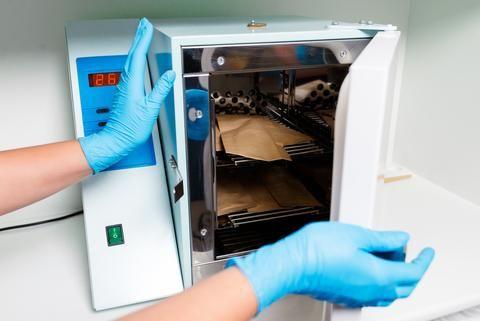
















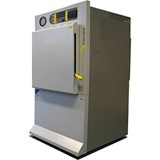
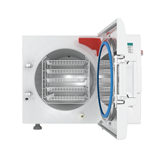
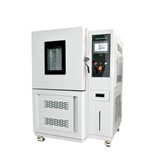
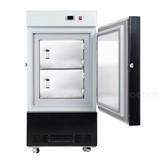

-205x205.jpg)
-205x205.jpg)

